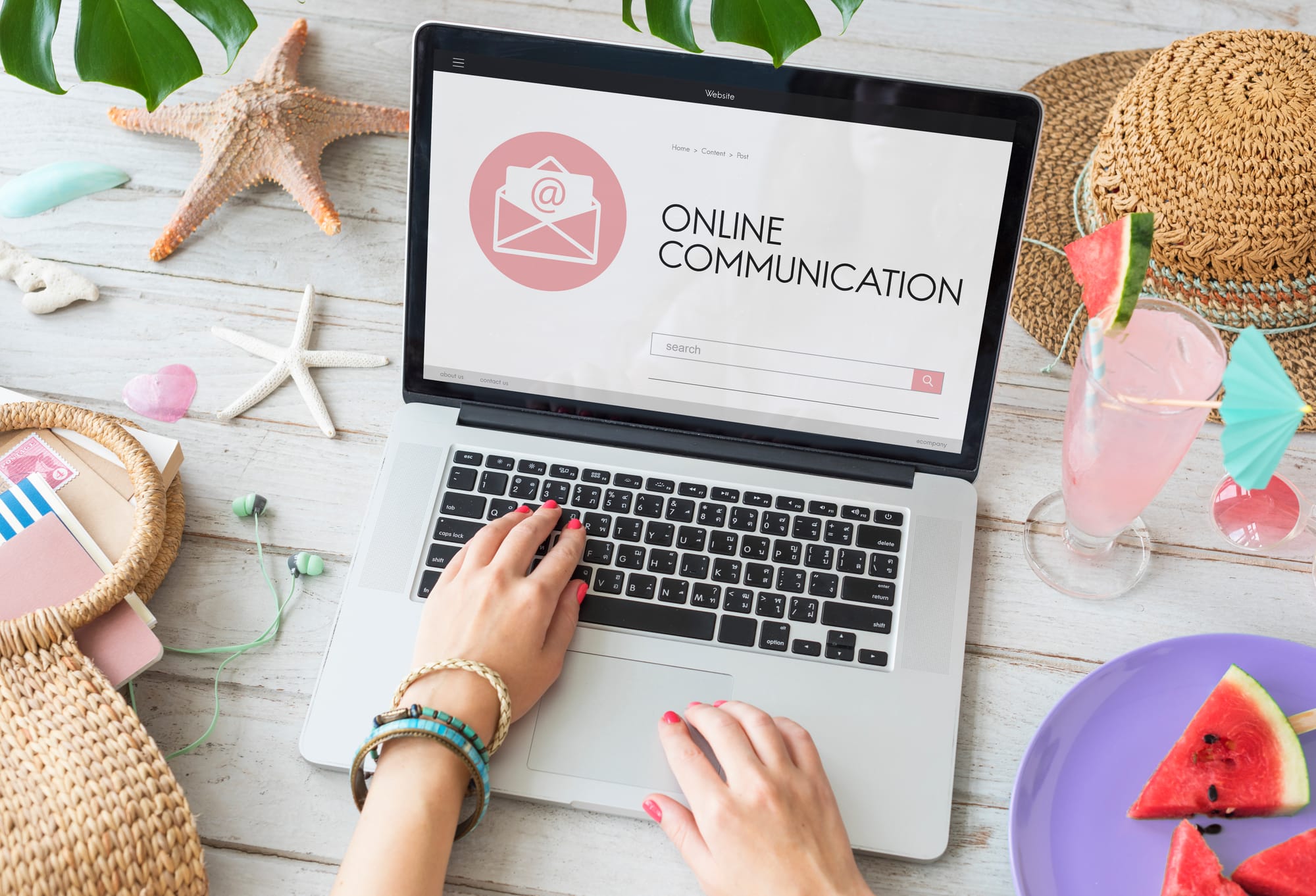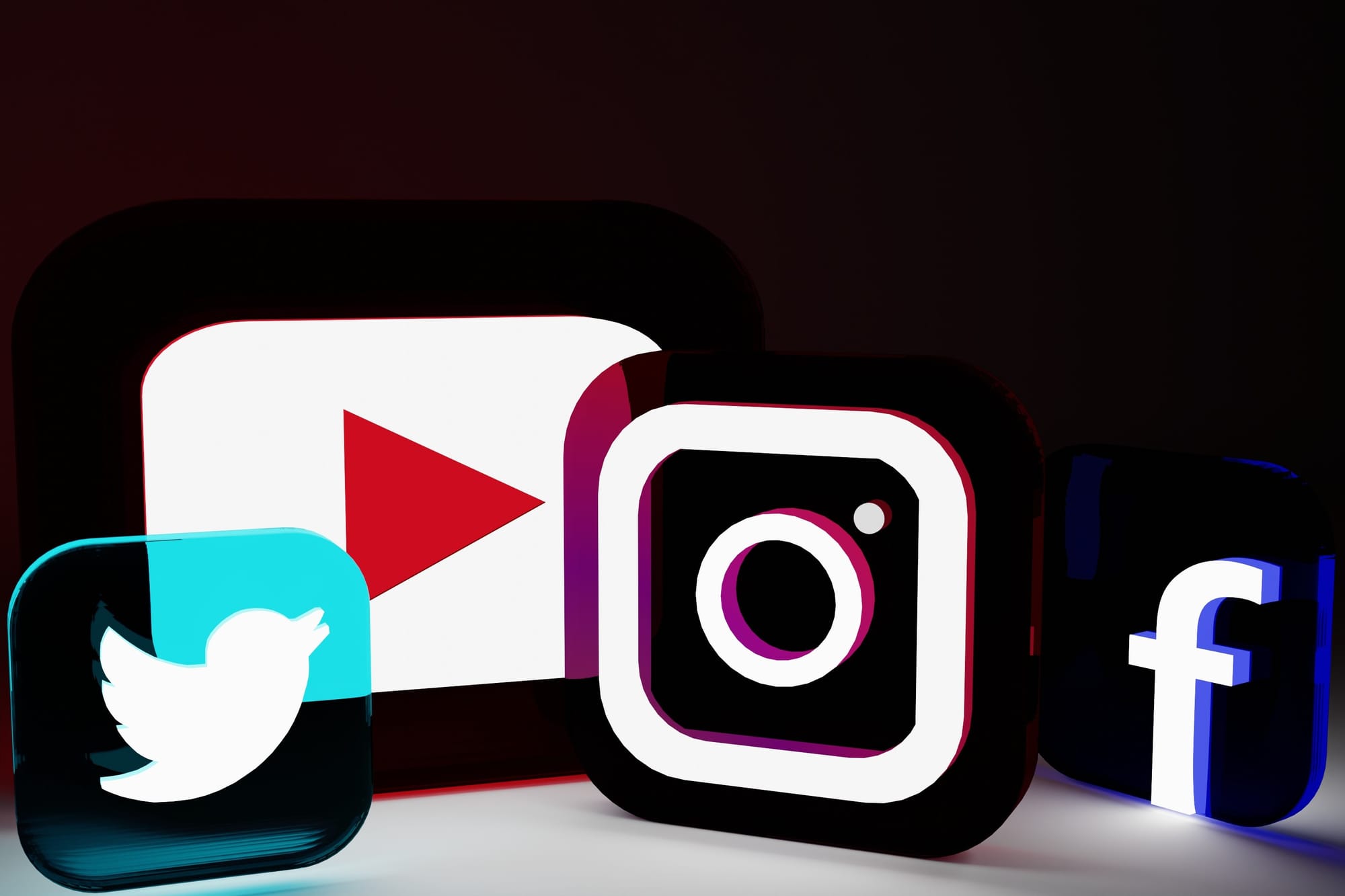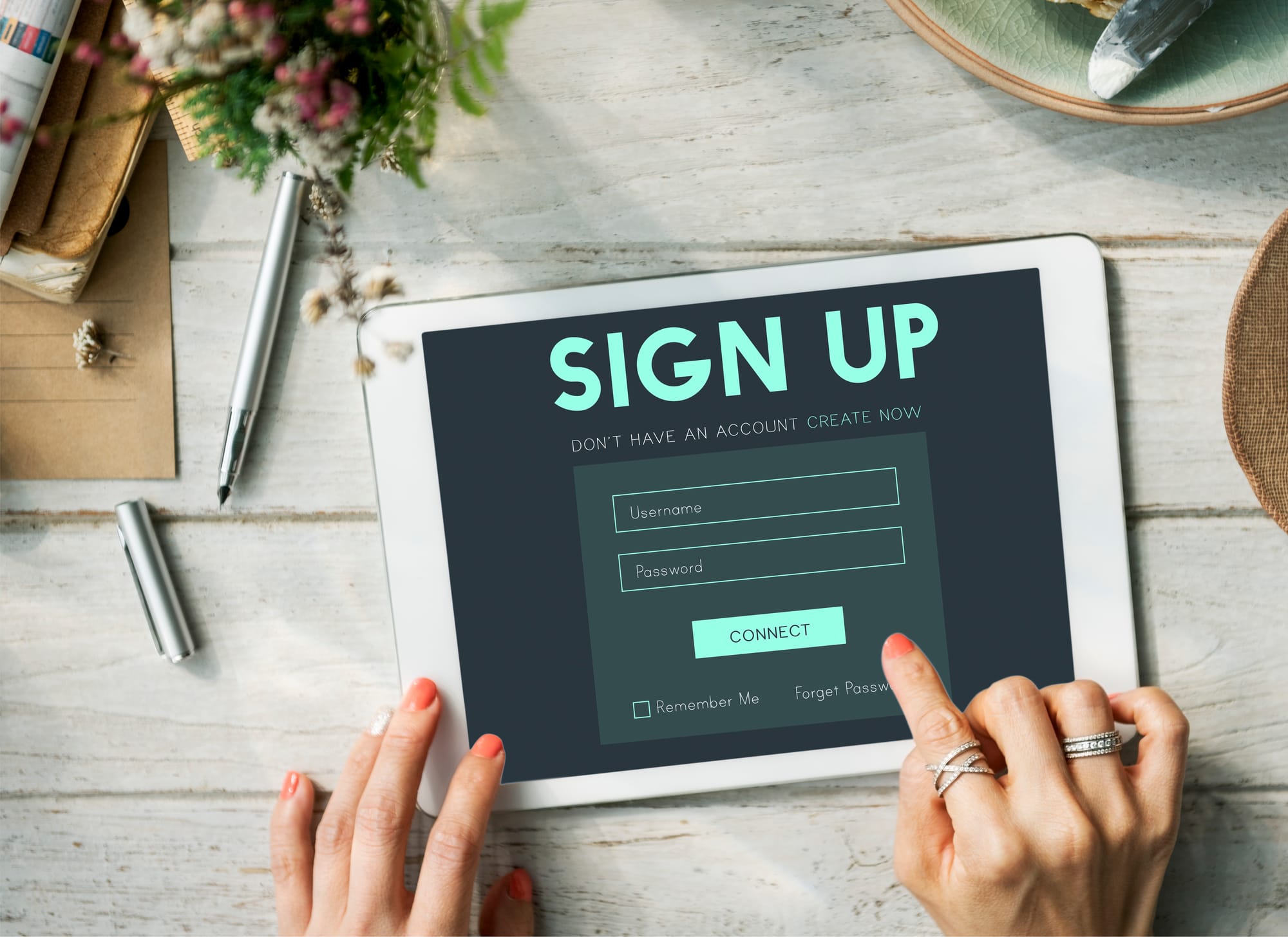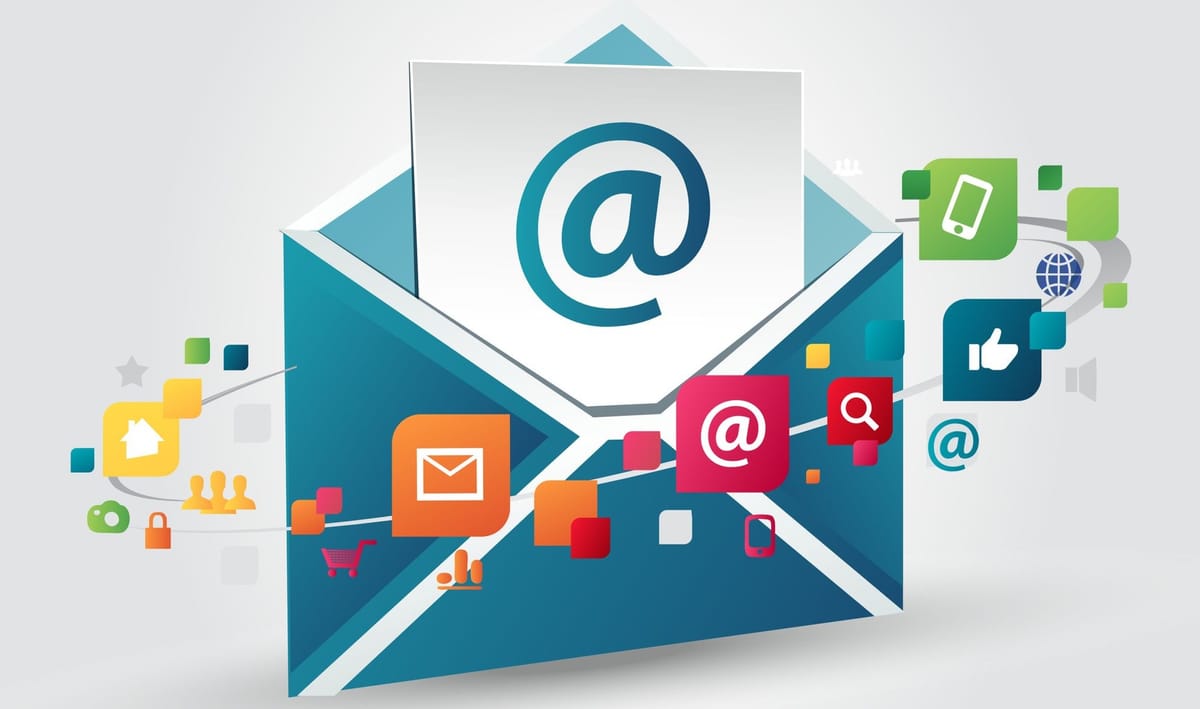Proven Ways to Promote Your Newsletter for Free and Gain Readers Fast

Promoting your newsletter doesn’t have to be expensive. While many believe that paid ads are the only way to grow a subscriber list, there are countless free strategies you can use to gain more readers and increase engagement. Whether you're just starting your newsletter journey or looking to expand your audience, leveraging free promotion techniques can bring amazing results when done right.
At LetterSub, we know how hard it can be to build momentum. That’s why we’re here to help you amplify your reach by providing a platform where you can showcase your newsletters to a wider audience. But before diving into LetterSub’s features, let’s explore 15 actionable ways to promote your newsletter for free.
1. Leverage Your Social Media Profiles

What it is
Social media platforms, such as Instagram, Facebook, LinkedIn, Twitter, and TikTok, are powerful tools for promoting your newsletter. These platforms allow you to connect with your followers and audience in a more personal way while driving attention to your content. By sharing your newsletter link or creating engaging posts about the value your newsletter provides, you can encourage signups.
The key is to make your newsletter promotion a part of your overall content strategy, not just a one-time effort. You can use your bio section, stories, posts, or pinned tweets to highlight your newsletter. Each platform has its own strengths; for instance, LinkedIn works great for professional newsletters, while Instagram is perfect for creative and visually driven ones.
Even if you don’t have a huge following, social media can help you reach your current audience and tap into their network. The best part? It’s completely free to use! Click here for an additional article offers practical tips on how to effectively use your social media platforms to promote lead magnets, which can be directly applied to newsletter promotions.
Why it works
Social media is where most people spend a significant amount of their time online. It’s a space where they actively engage with content and discover new things that interest them. Sharing your newsletter link in a compelling way allows you to meet your audience where they already are.
Moreover, the visual and interactive nature of these platforms helps you demonstrate the value of your newsletter, such as sneak peeks, highlights, or testimonials from readers. Adding a consistent promotional push through social media builds awareness and creates opportunities for organic sharing. For example, when a follower shares your post with their audience, your newsletter gets free exposure to new potential subscribers.
Social media’s ability to foster community also makes it an excellent tool to interact directly with your audience, answer their questions, and address their interests.
Example
On Instagram, post a visually appealing image or carousel with snippets of your newsletter content, like “Top 3 Tips for Better Productivity.” Include a strong CTA, such as: “Want more tips like these? Subscribe to my newsletter—link in bio!”
On Twitter, create a pinned tweet that outlines the benefits of your newsletter, like: “📬 Get weekly marketing tips straight to your inbox. Sign up for free: [link].”
LinkedIn users could share testimonials from their newsletter readers or add the signup link to their profile’s "Featured" section. For all platforms, use hashtags like #Newsletter, #SubscribeNow, or hashtags related to your niche to increase visibility.
2. Add a Signup Form to Your Website or Blog

What it is
A signup form is a digital form that allows visitors to enter their email addresses and subscribe to your newsletter. It’s typically placed on websites, blogs, or landing pages where your audience is already consuming your content. You can embed signup forms in strategic locations like the homepage, sidebar, or even as a pop-up. Some signup forms are simple, asking only for an email address, while others may request additional details like names or preferences.
It’s crucial to make the form visually appealing and easy to fill out so visitors don’t feel overwhelmed. Signup forms work best when paired with a clear value proposition—what will subscribers get in return for signing up? This could be exclusive insights, a free resource, or updates on topics they’re passionate about. If you want to read an additional reading about this, click here.
Why it works
A website visitor is already interested in your content or services, so adding a signup form gives them an easy way to stay connected. It works because it capitalizes on intent; they’re already on your site, meaning they’re likely open to more engagement. Placing a prominent signup form helps you convert passive visitors into active subscribers. Moreover, it’s a non-intrusive way to grow your list organically without needing to push or advertise.
Pop-ups or slide-ins (if done tastefully) can grab attention without disrupting the user experience. Additionally, signup forms allow you to segment your audience from the get-go by asking specific questions like “What topics are you most interested in?”
Example
Suppose you’re a food blogger. On your blog, you could have a signup form in the sidebar with the text: “🍴 Love recipes? Get my exclusive weekly meal plans delivered to your inbox—Sign up here!”
Another example is using a pop-up: “📬 Want my top 5 secrets for perfect baking? Enter your email to unlock the guide and join my newsletter!” If you’re a professional services provider, your form might read: “💼 Stay ahead in [industry]! Subscribe to my newsletter for expert insights.” Tools like Mailchimp or ConvertKit offer free signup form builders to help you create and customize these forms.
3. Optimize Your Email Signature

What it is
Your email signature is the section at the bottom of your emails that typically contains your name, contact information, and sometimes a tagline or company logo. Optimizing your email signature for newsletter promotion means adding a short call-to-action (CTA) and a link encouraging recipients to subscribe.
This is a subtle but effective way to promote your newsletter in every email you send. Whether you’re emailing friends, colleagues, clients, or leads, your signature can passively nudge them to join your list. It’s non-invasive and can be implemented with minimal effort. Additional reading about the importance of email signature is here.
Why it works
On average, people send and receive dozens of emails daily, meaning your signature has plenty of opportunities to be seen. While someone may not immediately act on the CTA, consistent exposure builds familiarity and interest over time. Since email signatures are seen in one-on-one communications, they create a sense of personal connection, which can increase trust and engagement.
This approach works particularly well for professionals, entrepreneurs, and freelancers who already interact with their audience via email. It’s a great way to promote your newsletter without appearing spammy.
Example
Add a line to your signature like: “📬 Love digital marketing tips? Subscribe to my newsletter for weekly insights: [link].” Alternatively, you can personalize the message to match your audience: “🎨 Get creative inspiration in your inbox every week! Subscribe here: [link].
” If you’re running a promotion, update your signature temporarily: “🔥 Don’t miss my free guide on [topic]. Sign up for my newsletter now: [link].” Tools like WiseStamp allow you to customize and automate your email signatures.
4. Collaborate with Other Newsletter Creators

What it is
Collaboration is a strategic way to expand your audience by teaming up with other newsletter creators. This involves working with someone whose audience overlaps with yours but isn’t a direct competitor.
Collaborations can take the form of cross-promotions, guest features, or even co-creating exclusive content. For instance, you could promote each other’s newsletters by featuring a section in your emails or writing a guest piece for their newsletter (and vice versa). It’s about mutual benefit and leveraging each other’s audiences.
Why it works
Collaborating with other creators works because it allows you to reach a pre-existing, engaged audience that’s already interested in content similar to yours. It’s a trust-based introduction—when another creator endorses your newsletter, their audience is more likely to check it out and subscribe.
Additionally, collaborations often require no financial investment, making it a cost-effective and organic growth strategy. By pooling resources, such as content ideas or subscriber lists (with permission, of course), you also diversify your exposure and increase your reach.
Example
Let’s say you run a newsletter about personal finance, and another creator has a newsletter about entrepreneurship. You could collaborate by including a brief mention of each other’s newsletters. For example:
In your newsletter, you write: “Looking to start your own business? [John’s Newsletter Name] shares weekly tips for new entrepreneurs. Highly recommend it if you’re on the path to financial independence!”
Meanwhile, they could feature you by saying: “Mastering personal finances is crucial for entrepreneurs. Check out [Your Newsletter Name] for easy-to-follow advice on managing money.”
Another example could be co-creating content. For instance, a productivity newsletter might team up with a health and wellness newsletter to create a joint guide, like “How to Stay Energized and Productive Throughout Your Workday,” which is distributed to both subscriber lists.
5. Utilize Online Communities and Forums

What it is
Online communities are platforms where people with shared interests gather to discuss, ask questions, and share knowledge. Examples include Facebook groups, Reddit threads, Quora, and niche forums related to specific industries or hobbies. Using these spaces to promote your newsletter involves providing valuable insights and subtly sharing your signup link when appropriate. Also, online communities can boost brand awareness according to this source.
It’s important to follow the rules of the community and avoid being overly promotional. Focus on being genuinely helpful and positioning your newsletter as a resource that can benefit others in the group.
Why it works
Online communities are highly targeted spaces where people are actively looking for information and solutions. By participating in these discussions, you can position yourself as an authority or expert in your field. When people trust your advice, they’re more likely to subscribe to your newsletter to receive more insights.
It also works because forums and groups often have a built-in audience, meaning you don’t have to work as hard to find your niche. Engaging in conversations builds organic relationships, and word-of-mouth referrals within these communities can amplify your reach.
Example
If you run a photography newsletter, join photography forums or Reddit threads like r/photography. Answer questions like “What’s the best lens for beginners?” and end your response with, “I cover topics like this in my weekly newsletter—subscribe here: [link].”
Similarly, in a Facebook group about content marketing, share your knowledge about email strategies and mention, “I send out a weekly newsletter with more detailed tips—sign up here if interested: [link].” Just ensure your contributions add value and aren’t seen as self-promotion.
6. Write Guest Blog Posts to Reach New Audiences

What it is
Guest blogging is when you write a blog post for someone else’s website or blog. These blogs often have their own audience, and by providing valuable content as a guest, you gain exposure to their readers.
The key here is to pick websites or blogs in your niche or related fields. When you contribute a guest post, you can subtly promote your newsletter by adding a call-to-action (CTA) or including a link to subscribe in your author bio.
Why it works
Guest blogging helps you tap into an audience that is already engaged and trusts the host blog. It’s a free and organic way to promote your newsletter while also building your credibility as an expert in your field.
When the readers of that blog find value in your post, they are more likely to check out your newsletter and subscribe. Plus, it’s a win-win: the host blog gets fresh content, and you get visibility.
Example
Let’s say you run a newsletter about productivity hacks. You could write a guest post for a popular personal development blog about “5 Simple Ways to Start Your Morning with Focus.” At the end of the post, include a CTA like this:
“Want more actionable productivity tips like these delivered straight to your inbox? Subscribe to my newsletter, [Your Newsletter Name], for weekly insights!”
Another option: in your author bio, include a link to your newsletter. For example:
[Your Name] is a productivity enthusiast and the creator of [Your Newsletter Name], where she shares weekly tips on staying organized and motivated. Subscribe here: [Insert link].
7. Offer a Free Resource or Lead Magnet

What it is
A lead magnet is a free piece of content, such as an eBook, checklist, template, or guide, that you offer in exchange for an email subscription. It’s a value-driven incentive designed to attract potential subscribers by solving a specific problem or meeting a need.
Lead magnets should be directly related to your newsletter’s topic, giving subscribers a taste of the kind of value they can expect from your emails. The key is to make the resource irresistible and easy to access, requiring only an email address to download. To learn more about lead magnet, read here.
Why it works
People are more likely to give their email addresses when they receive something valuable in return. A lead magnet removes hesitation by immediately providing something tangible and helpful. It also sets the tone for your newsletter, demonstrating the quality and relevance of the content you’ll deliver.
Lead magnets help you target the right audience because only people interested in the resource are likely to subscribe. This strategy is cost-effective and works well for building a loyal and engaged subscriber base.
Example
Create a free eBook titled “10 Hacks to Double Your Productivity” and promote it with a CTA like, “Download this guide for free when you join my newsletter!” Or offer a template: “Need a budget tracker? Subscribe to my newsletter and get this free customizable template!”
For niche audiences, create something highly specific, like “The Ultimate Wedding Photography Checklist” for a photography newsletter. Use a simple landing page with the signup form and lead magnet download link for maximum impact.
9. Repurpose Newsletter Content into Social Media Posts

What it is
Repurposing means taking the content from your newsletter and adapting it for social media platforms. Instead of creating entirely new content, you break down your newsletter into bite-sized posts, graphics, carousels, or videos that can be shared on platforms like Instagram, LinkedIn, Pinterest, or Twitter.
This strategy not only saves you time but also extends the reach of your newsletter’s content. For example, if your newsletter includes “5 Productivity Hacks,” each hack can be turned into a post or reel to draw attention to the full content.
Why it works
Repurposing works because it allows you to maximize the value of your existing content. By showcasing snippets of your newsletter, you entice your social media audience to subscribe for the full details. Social media is a platform for discovery, and many users who see your posts may not yet be aware of your newsletter.
Repurposing also caters to different types of learners—some prefer text, while others engage better with visuals or videos. Over time, this approach builds consistency in your content and reinforces your authority in your niche.
Example
If your newsletter features a section like “Top 3 Books to Read This Month,” create an Instagram carousel showcasing the book covers with a CTA: “📚 Want to know why these books made the list? Subscribe to my newsletter for a detailed review!”
On LinkedIn, turn a newsletter article into a short text post with a teaser: “Are you struggling to focus while working remotely? My latest newsletter shares the 5 tricks I use every day. Sign up here: [link].” Pinterest users can repurpose a section of their newsletter into a visually appealing pin that links back to the signup page.
10. Leverage LetterSub’s Promotion Tools

What it is
LetterSub is a platform that helps you promote your newsletter to a broader audience. It’s not a design tool—it’s a space where you can showcase your newsletters and connect with a vibrant community of creators and businesses.
You can use LetterSub to amplify your newsletter, build your subscriber base, and find readers who are actively looking for the type of content you offer. To learn more about it, read here.
Why it works
Promoting your newsletter can be challenging, especially if you’re just starting. LetterSub takes the guesswork out of it by giving your newsletter visibility on a platform dedicated to email marketing enthusiasts and readers.
Whether you’re promoting a niche newsletter or a broad-interest one, LetterSub allows you to reach an audience that’s already interested in newsletters. It’s like having a marketplace for your content, where you can attract readers without spending money on ads.
Example
Let’s say you have a newsletter about self-care tips. By showcasing your newsletter on LetterSub, you can create a profile highlighting what makes your content unique. For instance:
“[Your Newsletter Name] offers bite-sized self-care routines for busy professionals. Join 2,000+ readers who are prioritizing their well-being, one email at a time!”
You can also use LetterSub to connect with other creators and cross-promote your newsletters. For example:
“Collaborated with [Another Newsletter Name] this week to bring you exclusive self-care insights! Check it out on LetterSub!”
Additional readings that might help you to get started with your newsletters:





